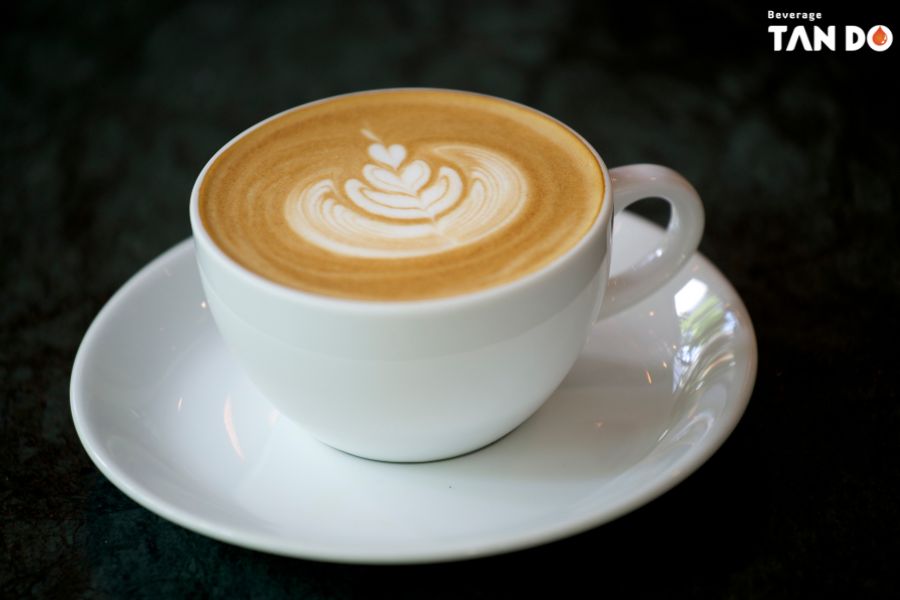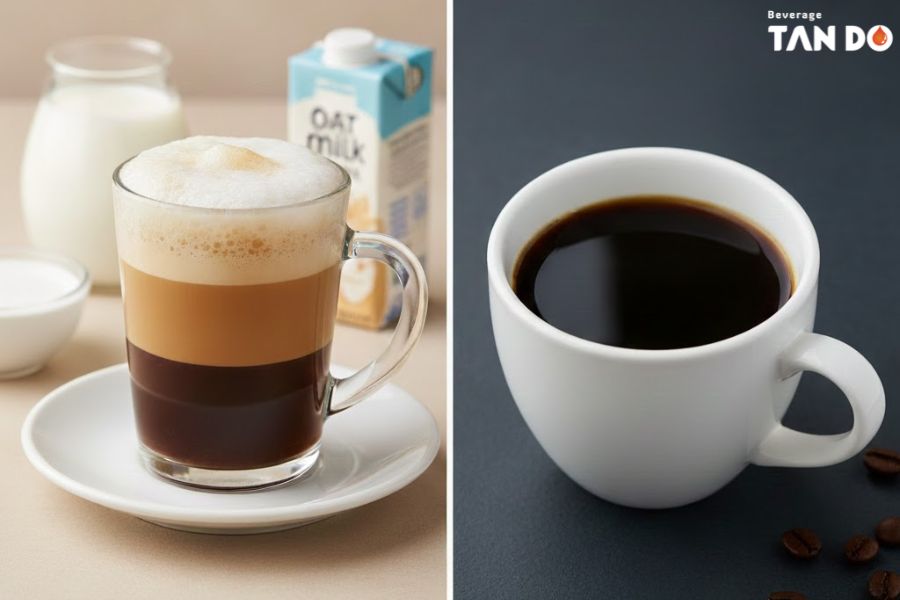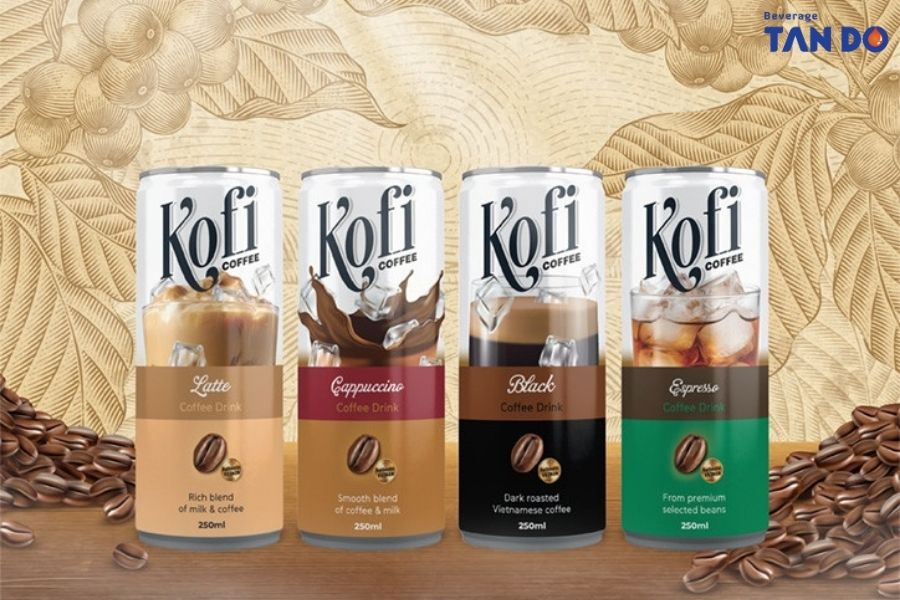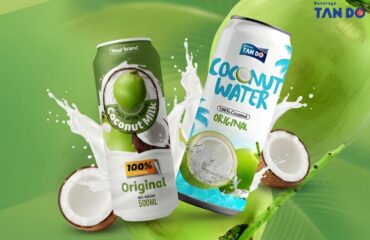Coffee may be a global favorite, but not all coffee drinks are the same. Among the most popular choices, latte vs coffee often leaves newcomers wondering which one truly suits their taste, routine, or brand strategy. Even though both start with coffee beans, they differ greatly in preparation, flavor, caffeine levels, and nutritional value.
In this blog, we’ll break down these differences in a clear and simple way—helping you understand each drink better and choose the one that fits your needs.
What is a Latte?
A latte, short for caffè latte (Italian for “milk coffee”), is a popular espresso-based drink made by combining espresso, steamed milk, and a thin layer of milk foam. Known for its smooth, creamy texture and mild coffee flavor, the latte is one of the most approachable and widely enjoyed coffee beverages in cafés around the world.


The latte is a versatile coffee drink that blends rich espresso and creamy milk into a harmonious beverage. Its wide variety of styles and flavors allows it to cater to different tastes and dietary preferences. Lattes can be enjoyed hot or iced, classic or flavored, making them a comforting, approachable, and customizable choice for coffee lovers everywhere.
Main Ingredients in a Latte
The key ingredients of a latte are simple yet essential:
- Espresso – Provides a concentrated coffee base, usually consisting of one shot for a standard small latte or two shots for larger servings.
- Steamed Milk – Adds creaminess and velvety texture, softening the boldness of the espresso.
- Milk Foam – A thin layer on top that provides a delicate mouthfeel and serves as a canvas for latte art.
Optional ingredients such as flavored syrups, spices, or alternative milk types can be added to customize the latte to personal taste.


Common Types of Lattes
- Classic Latte – Traditional espresso, steamed milk, and foam.
- Iced Latte – Served cold over ice, perfect for warm weather.
- Flavored Latte – Includes syrups like vanilla, caramel, or seasonal flavors for added sweetness.
- Non-Dairy Latte – Uses alternative milks such as oat, almond, soy, or coconut milk.
- Mocha Latte (Caffè Mocha) – Combines espresso, steamed milk, and chocolate syrup, often topped with whipped cream.
- Dirty Latte – An extra shot of espresso added to a flavored milk base like chai or turmeric latte.
What is Coffee?
Coffee is a beloved beverage enjoyed by millions around the world, celebrated for its invigorating caffeine content, rich flavor, and enticing aroma.
It has become a staple in morning routines and a popular pick-me-up throughout the day, carefully crafted by skilled baristas to deliver the perfect cup. Its versatility allows it to be served in countless forms, from simple black coffee to elaborate specialty drinks.


Brewing Methods & Roast Levels
Different brewing methods and roast levels play a crucial role in shaping the flavor of coffee. Techniques such as pour-over, French press, and espresso extraction bring out unique characteristics of the beans, from delicate floral notes to bold, robust flavors.
Similarly, the roast level—ranging from light to dark—affects taste, aroma, and body, providing coffee enthusiasts with a wide spectrum of experiences. Light roasts tend to be more acidic and aromatic, while dark roasts offer deeper, richer, and more bitter notes.
Different Types of coffee
Coffee comes in lots of different forms, each bringing its own unique flavor, aroma, and texture:
- Espresso is a concentrated shot of coffee known for its strong and bold flavor, providing a quick and robust caffeine boost.
- Cappuccino, made with equal parts espresso, steamed milk, and milk foam, delivers a creamy and smooth texture with a balanced coffee taste.
- Mocha, a combination of espresso, steamed milk, and chocolate, creates a rich and indulgent experience beloved by many.
Every type of coffee shows how brewing method and ingredient balance can make a big difference in taste. From simple black coffee to fancy specialty drinks, there’s a cup for everyone to explore and enjoy!


Latte vs Coffee: Key Differences
When it comes to coffee drinks, lattes vs regular coffee are two of the most popular choices — but they’re quite different in taste, texture, and caffeine impact. Let’s break down the key differences so you can figure out which one fits your morning vibe or afternoon pick-me-up.
1. Milk content
One of the first things you’ll notice is milk. Lattes are all about that smooth, creamy experience. Steamed milk makes up the majority of the drink, creating a velvety texture that softens the espresso’s intensity.
Whether you go with whole milk for richness, skim milk for a lighter option, or plant-based alternatives like oat or almond milk, the milk choice dramatically influences the latte’s flavor and mouthfeel. Frothing it to perfection adds a soft, airy foam that makes every sip feel indulgent.


Regular coffee, on the other hand, is pure simplicity. No milk, no foam — just brewed coffee in its most straightforward form. The bold, aromatic flavors shine through with every sip, perfect for those who love a more direct coffee taste.
2. Espresso content
Another key difference between latte vs coffee lies in the espresso shot. A latte is built on one or two shots of espresso, which provide a concentrated, flavorful kick. The espresso blends beautifully with the steamed milk, creating a balanced drink that’s smooth, comforting, and satisfying.
Espresso itself is made by forcing hot water through finely ground coffee beans under high pressure, extracting rich, aromatic flavors. When combined with milk, it becomes a layered, flavorful experience — one of the reasons lattes are so popular in cafés everywhere. Regular coffee doesn’t usually rely on espresso (unless it’s an Americano or similar), so its flavor tends to be simpler but bolder.
3. Caffeine levels
Caffeine is another key difference between lattes and regular coffee. A standard brewed coffee generally delivers 95–165 mg of caffeine per 8 oz (240 ml) cup, depending on the type of beans and brewing method. This gives coffee a strong, quick energy boost — perfect for those who need an immediate wake-up.
A latte, however, usually contains one shot of espresso (~63 mg caffeine) for a small cup or two shots (~125 mg) for a larger one. Because the espresso is mixed with 6–8 oz (180–240 ml) of steamed milk, the caffeine is released more gradually. This gives a gentler, smoother energy lift, ideal if you want to stay alert without feeling jittery.
4. Nutritional Benefits
Both lattes vs regular coffee offer unique nutritional perks, but they shine in different ways depending on your goals and preferences:
A latte gets its creamy texture from milk, which also adds valuable nutrients such as calcium and protein. Calcium supports bone health, while protein helps with muscle repair and growth. If you prefer plant-based options, oat, almond, or soy milk can also provide additional vitamins and minerals, making your latte not just delicious but nutritionally beneficial.


Black coffee is just coffee — no milk, no cream, no sugar. That simplicity means it’s very low in calories, fat, and sugar, while still delivering the benefits of caffeine and antioxidants. It’s a great choice if you want the health advantages of coffee without extra additives.
| Nutrient / Aspect | Latte (8 oz with whole milk) | Regular Coffee (8 oz black) |
| Calories | ~136 kcal | ~2 kcal |
| Protein | ~7 g | ~0 g |
| Fat | ~7 g (about 11% DV) | ~0 g |
| Carbohydrates / Sugar | ~11 g | ~0 g |
| Calcium | ~240 mg | ~0 mg |
| Caffeine | 63 mg (single shot) – 125 mg (double shot) | 95–165 mg per 8 oz brewed coffee |
Note: Latte values assume whole milk and no added sugar or flavorings. Nutritional content will vary with milk type, portion size, and any syrups or extras.
5. Flavor profile
When it comes to taste, lattes are all about balance and creaminess. The steamed milk softens the espresso’s strength, producing a slightly sweet, mellow drink. You can even add flavors like vanilla, caramel, or seasonal spices to customize it. Each sip is smooth and comforting, making it a go-to choice for a relaxing coffee break.
Coffee, by contrast, lets the bean speak for itself. Depending on the roast and origin, it can taste fruity, nutty, chocolatey, or earthy. Black coffee is bold, sharp, and aromatic — ideal if you want to savor the true essence of the coffee beans.
Latte vs Coffee: Quick Summary
| Feature | Latte | Black Coffee |
| Milk Content | High (steamed milk & froth) | None |
| Texture | Creamy, velvety | Light, smooth |
| Flavor | Mild, balanced, slightly sweet; customizable with flavors | Bold, sharp, aromatic; pure coffee taste |
| Espresso / Coffee Base | 1–2 shots espresso | Brewed coffee (drip, French press, etc.) |
| Caffeine | 63–125 mg (depending on espresso shots) | 95–165 mg per 8 oz brewed coffee |
| Best For | Smooth, creamy, nutrient-rich coffee experience | Quick, bold caffeine boost with minimal calories |
Which One Is More Popular?
The popularity of latte vs coffee varies depending on region, culture, and consumer preferences. Globally, over 2 billion cups of coffee are consumed each day, showing that classic black coffee remains a staple for millions who love its bold flavor and energizing kick.
Meanwhile, lattes and other milk-based coffee drinks are steadily gaining fans, especially in North America and Europe. A recent report indicates that North America makes up about 40% of the global latte market, while Europe holds roughly 30%. Their creamy texture, customizable options, and Instagram-friendly presentation make lattes especially popular among millennials and young professionals.


In Asia, countries like Japan and South Korea are embracing latte culture as more than just a drink—it’s a form of art and self-expression. Latte art has turned each cup into a tiny creative masterpiece, making these drinks both trendy and visually stunning.
All in all, both beverages are thriving globally: black coffee appeals to purists looking for a simple, energizing cup, while lattes draw those who enjoy indulgence, personalization, and a stylish coffee experience. Each has its own niche, and together they continue to shape the world of coffee culture.
Frequently Asked Questions
1. What’s better for you, coffee or latte?
Coffee vs latte have their perks. The “better” choice depends on your taste, lifestyle, and nutritional goals.
2. Is latte more expensive than coffee?
Generally, yes. Lattes include espresso + steamed milk and often require more preparation, making them pricier than a simple cup of brewed black coffee.
Try It for Yourself — Coffee or Latte, Your Choice!
Whether you’re deciding between latte vs coffee, Tan Do makes it easy:
- If you love a strong, refreshing coffee kick, check out Kofi Canned Black Coffee – Original — pure brewed coffee in a convenient can for on‑the‑go energy.
- If you prefer something smoother, milky and indulgent, try Kofi Latte Canned Coffee — ready‑to‑drink latte style for a velvety, mellow experience.


Why pick just one when you can enjoy the best of both worlds? Grab a can (or two) and taste the difference today!







